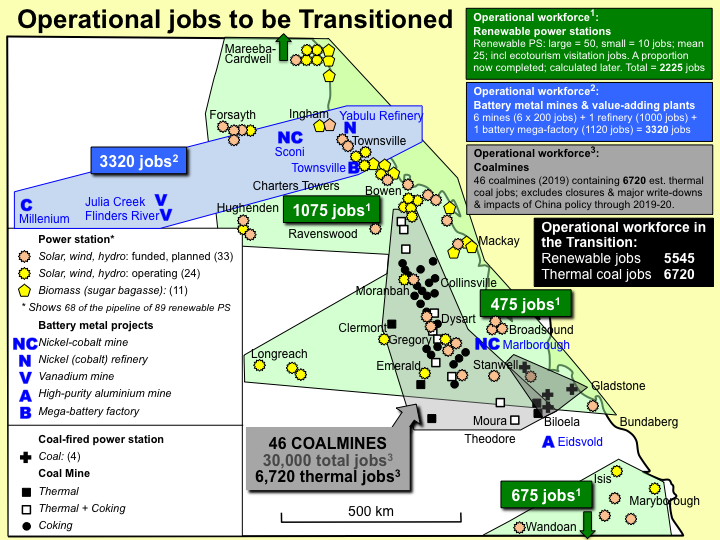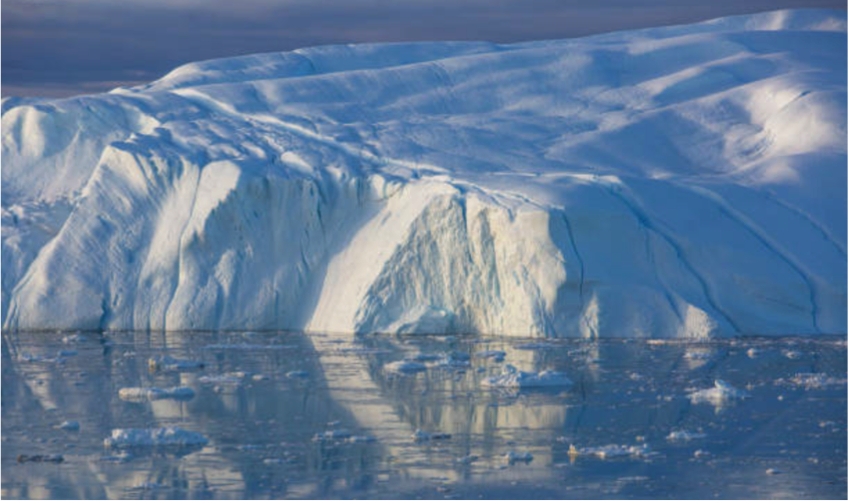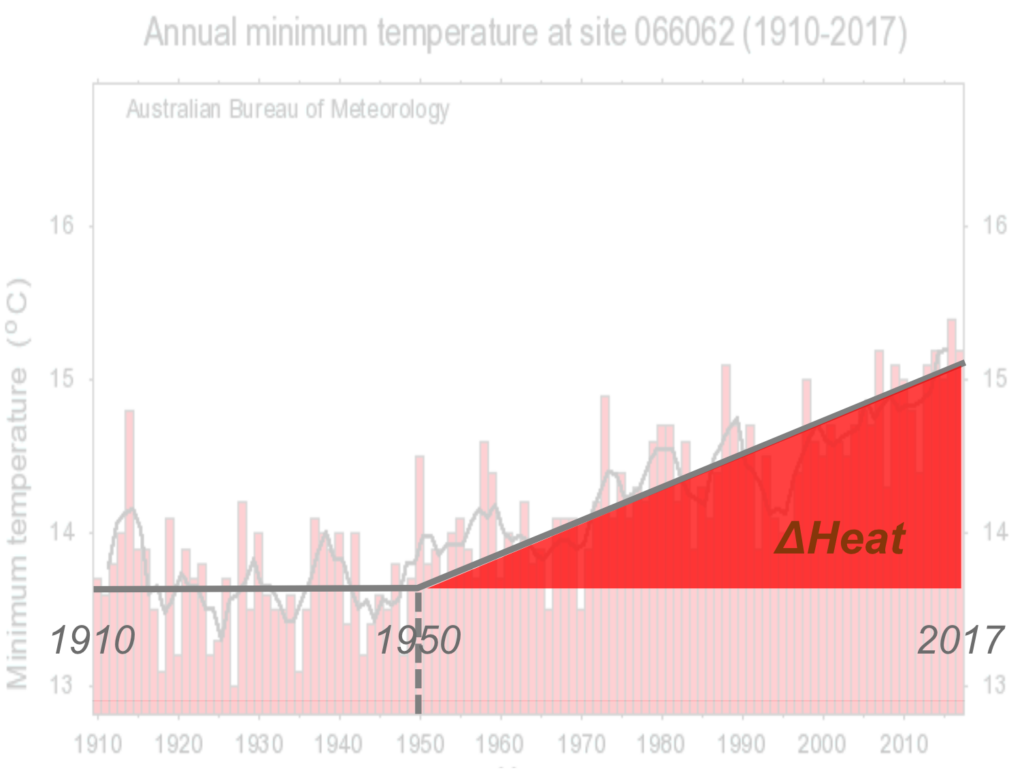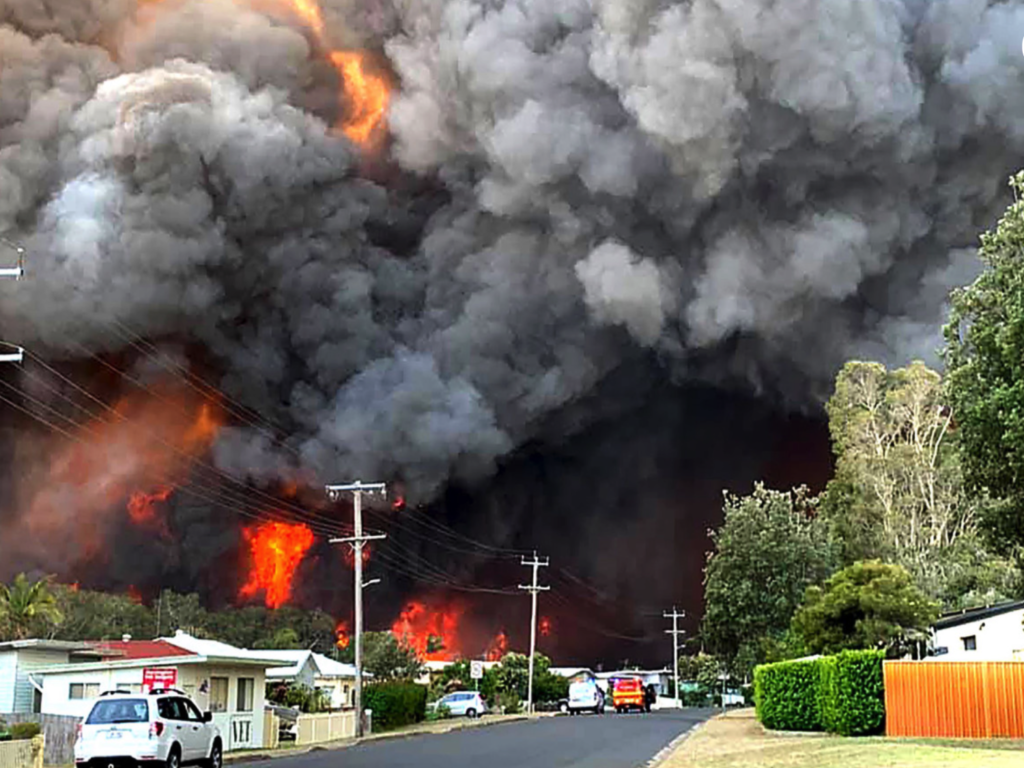Australia, along with the rest of the world, has had the last five years
to make up our mind whether climate change is an emergency.
Around the world to date (December 2020), 1,849 jurisdictions – Governments at national, state and local level – in 33 countries have declared a climate emergency. This represents 820 million citizens; 10.5% of the world, or around 15% of the world’s adults. It includes 90% of Britain and 75% of New Zealand. In Australia close to 100 jurisdictions representing 9 million people, or 35% of our population, have declared a climate emergency. Last year 300,000 adults and schoolchildren – over 1% of Australians – went on strike, in the middle of a working Friday, to express their plea for action on climate change and to express their anger at the Australian Government for their failure to act on climate change. Last year a historic petition of 404,538 people – nearly 2% of Australians – called on the Australian Parliament to take urgent action on climate change.
So how has this overwhelming mass sentiment been absorbed and digested by its target, the Australian Government, since then? On 2 December 2020 the Australian Government, along with our alternative government the Australian Labor Party, voted against declaring a climate emergency. Yet again – revisiting groundhog day 15 October 2019.
As a climate scientist who has just produced a comprehensive analysis of Australia’s climate since 1856 (see separate post), I have unearthed a bunch of facts. They are not interpretations or assumptions or the will of God. Australia is heating at a rate of 2.4 degrees per century (DPC). This is double the world rate. Seven towns around our nation have been heating at 4 DPC or more for the past 60 years (post-1956 mean): Longreach (fastest heating at 5.3 DPC; one degree every 19 years), Bowen, Camooweal, Wagga, Boulia, Charleville, and Rockhampton (4.0 DPC). The same central Queensland region is also the fastest-cooling region in the cooling stage which preceded Australia’s current strong heating stage (pre-1956 mean): Camooweal (fastest cooling at -8.6 DPC), Thargomindah, Bowen, Burketown, Normanton, and Longreach (the slowest of the fast-cooling at -1.6 DPC). Albeit currently unexplained, these regional climate behaviours are not accidental; they are indisputable, highly potent, regional events.
So what are our elected Australian decision-makers doing, to in response to (a) Australia’s climate science facts, and (b) the science-informed will of their Australian constituents? I write this paper in the hope that someone will present and argue it to our political masters. I write as a Queenslander, to make the point that Australians in their home town face an emergency; this is not some international shadow or national cloud which may or may not affect me. It has already affected me by heating my region (the Bowen region) 2 degrees since I was born, and it will go on heating my kids’ and my grandkids’ days and nights until either someone listens, or the world becomes catastrophe. Climate change is not just an emergency. Climate change is an extraordinary emergency.



